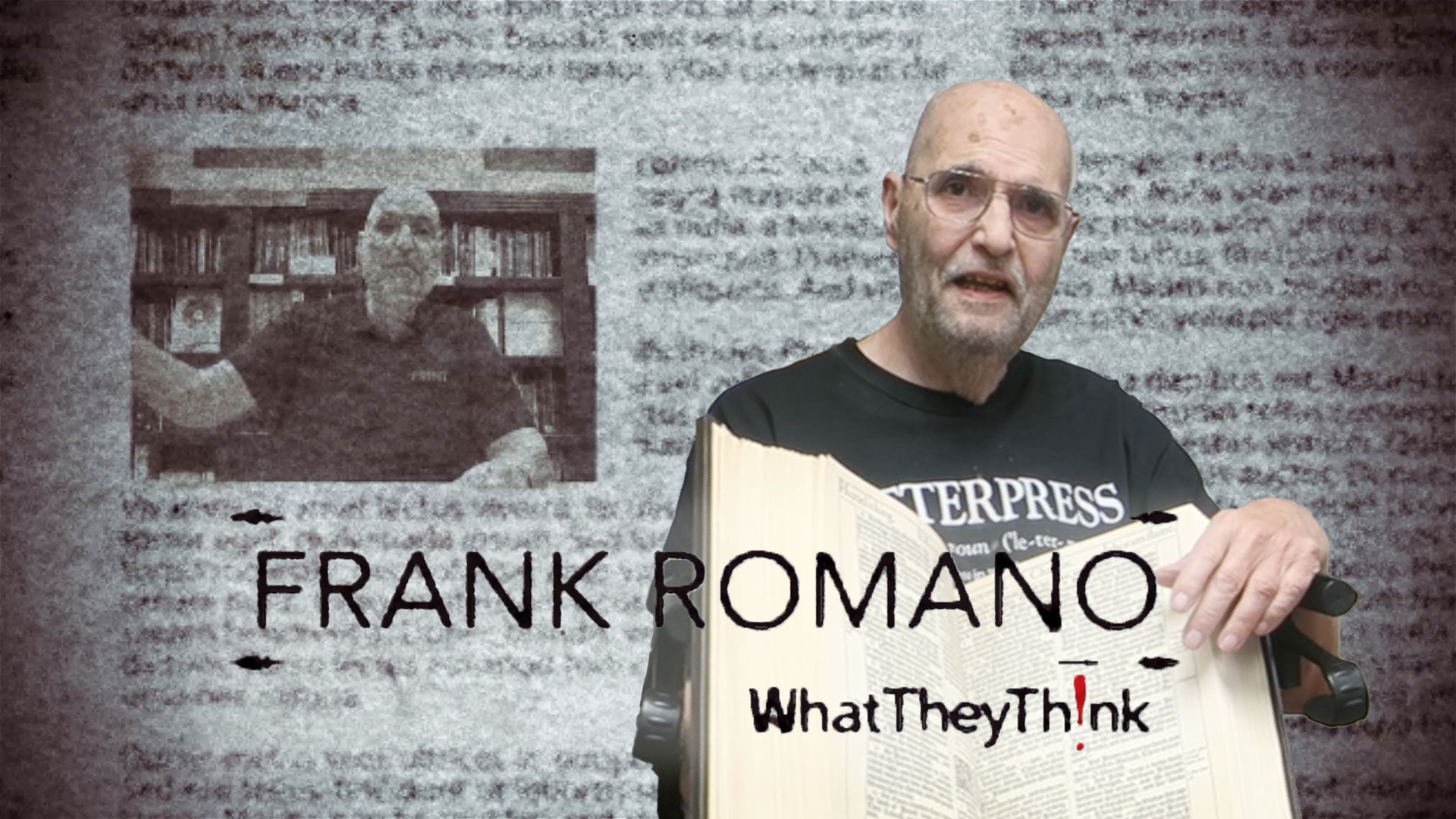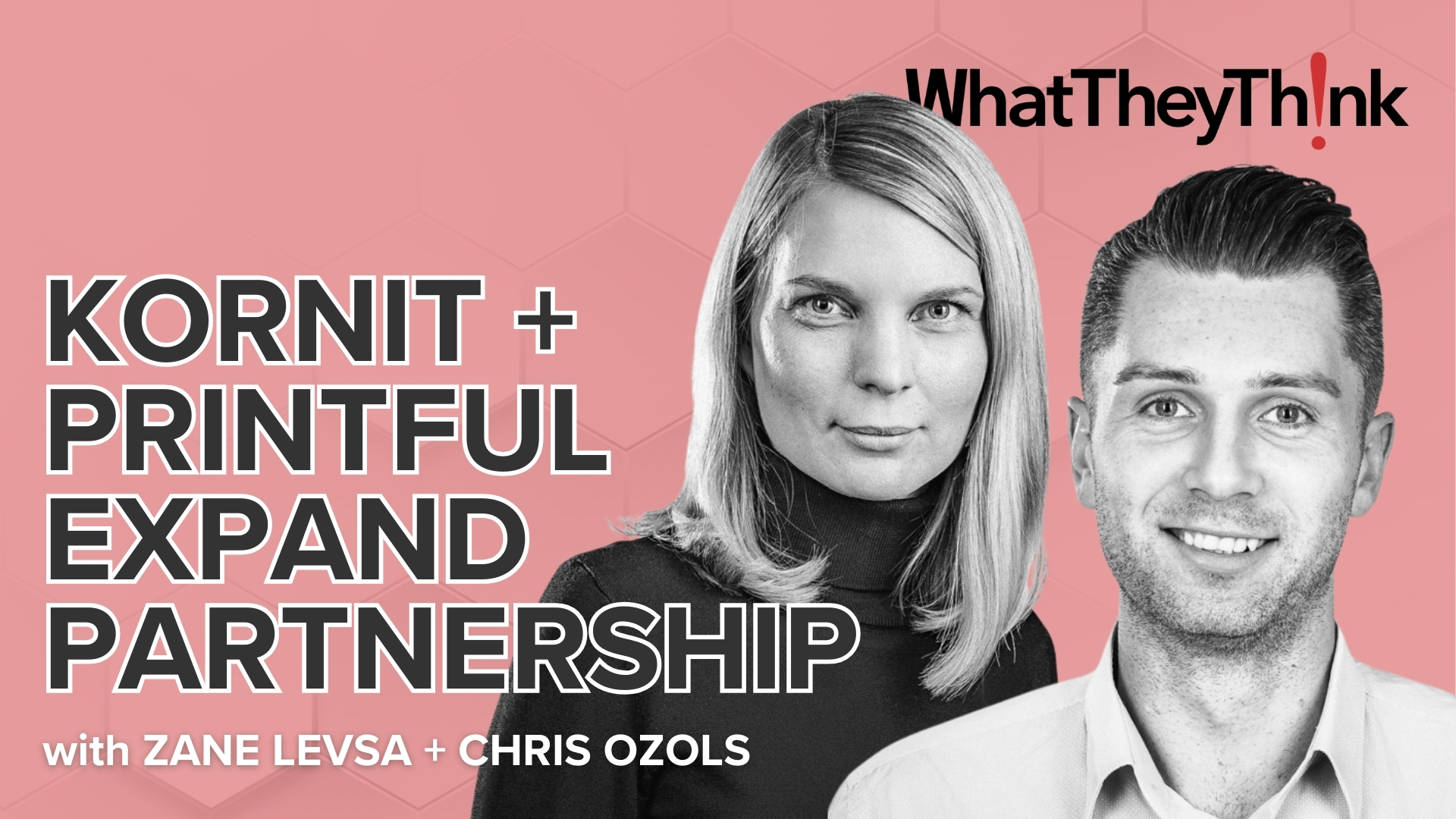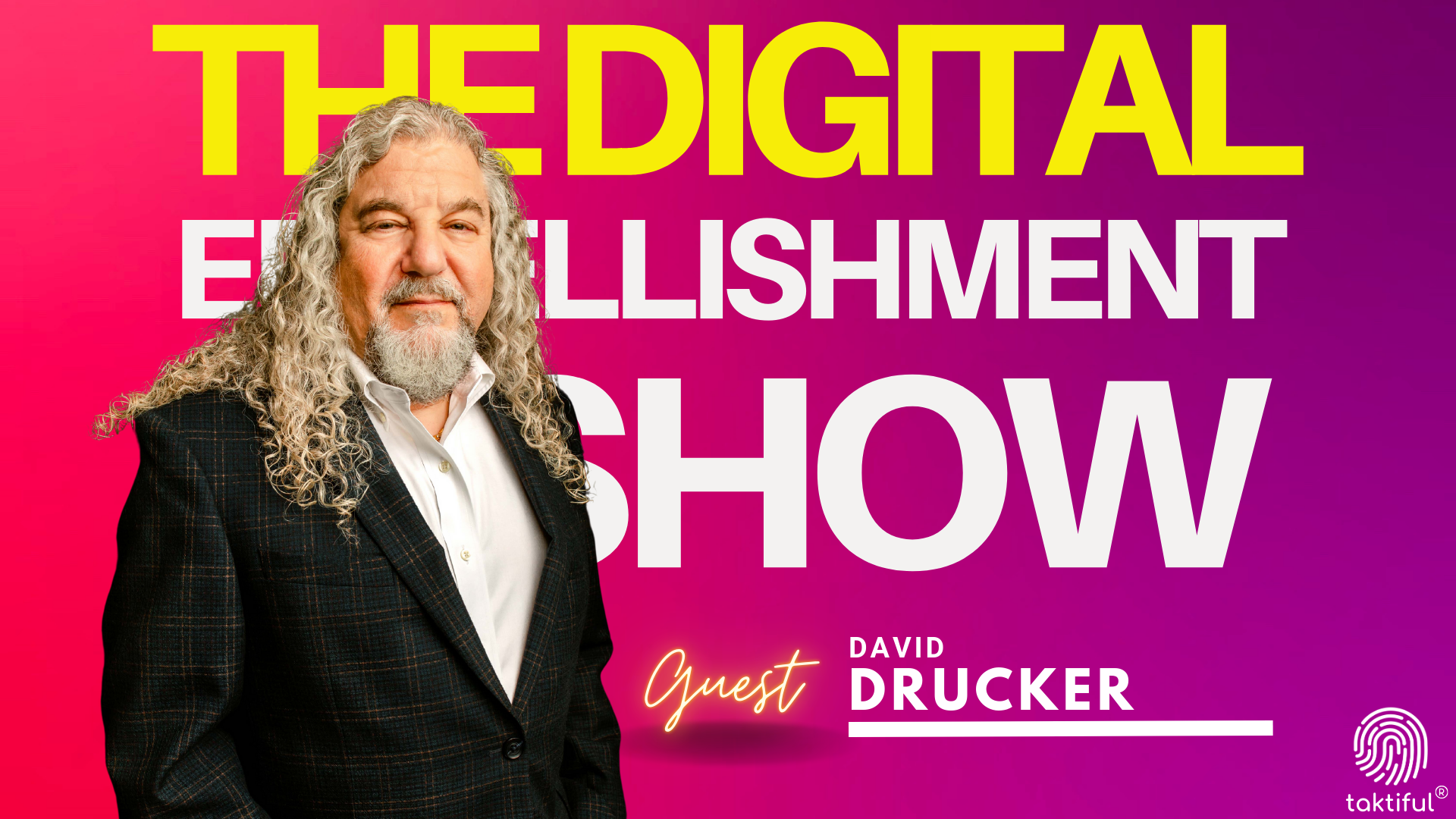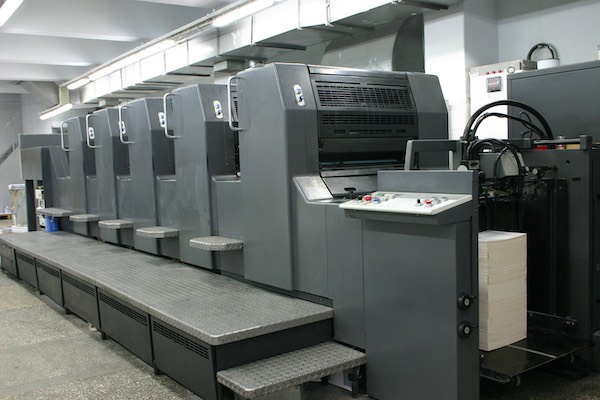Cathedral Corporation serves a national base of more than 5,000 customers from its main facility in Rome, NY, and additional locations in Lincoln, RI, and Hunstville, AL. The company, which will celebrate its 100th anniversary in 2016, derives about half of its volume from direct mail for the fundraising activities of religious organizations. The remainder comes from transactional printing and related services for businesses and not-for-profits.
The last time that Cathedral Corporation acquired another printing business was in 2000. The company now is ready to broaden its footprint again with additional projects for financial firms, utilities, healthcare, insurance, higher education, religious organizations, and other large-scale users of printed and electronic communication products. Besides new accounts, tools and talent for mining customer data and designing marketing programs are high on the list of assets that Marianne Gaige, president and CEO of Cathedral Corporation, hopes to obtain through acquisition.
The best opportunities, she says, are open to printing companies that know how to “turn data into information” for customers unable to do it for themselves. The recession, according to Gaige, has “decimated” marketing departments in companies that still want to reach their audiences with targeted messaging, “but without having to triple their marketing budgets to do it.”
Such companies, says Gaige, are ideal customers for a synergistic package of marketing services that Cathedral Corporation has offered for the last two years, including personalized transpromotional documents, e-mail, and web pages. By developing this combined portfolio of printed and electronic products, says Gaige, Cathedral Corporation has managed to retain its page production volume even as many of those pages were migrating to digital form.
Preferences and Parameters
The strategy has paid off with consistent year-over-year growth in the 6% to 10% range, according to Gaige, who’s determined to keep the momentum going with the help of resources gained in a well-planned acquisition.
Cathedral Corporation has posted a detailed description of the kinds of transactional and transpromotional printers that best suit its strategy for growth by acquisition. In broad terms, what Gaige wants to acquire is a company “with a value proposition similar to ours”; a comparable record of customer retention; and the same intensive focus on customer service and support.
“That would be lovely to find,” she says. “It reduces risk.” One way to minimize the risk of disruption during a transition will be to retain the acquired company’s customer-facing personnel, just as Cathedral Corporation did in its acquisition of 2000. Those employees, Gaige says, remain with the company to this day.
Gaige says that a company opting to merge with Cathedral Corporation will find its new owner to be forward-looking, relentlessly customer-centric, and above all, stable. “We’re here, and we’re going to be here,” she says, adding that at Cathedral Corporation, longevity rests upon a base of innovation.
The need to innovate drove the development of the company’s “Essentials” line of printed and electronic communications programs, all of which can be adapted to the business routines of the various sectors that Cathedral Corporation serves. The concept came from realization that customers inevitably would want to replace some of their printing with electronic alternatives. But, Gaige and her team also saw that the shift could be good news for Cathedral Corporation if it became the provider of those alternatives.
“If ‘e’ is going to cannibalize our print,” Gaige recalls telling her board of directors, “then ‘e’ had better be me.”
Seizing opportunities to provide e-services hasn’t taken the focus away from hard-copy production at Cathedral Corporation, where capabilities include digital black-and-white and highlight color printing, digital full-color and continuous feed printing, and fulfillment and mailing services. Early in 2012, says Gaige, the company will expand its all-digital printing capability by installing a Xerox CiPress™ 500, an advanced waterless inkjet printing system.
Ahead with Expert Assistance
Representing Cathedral Corporation in its search for acquisition candidates is New Direction Partners (NDP), a consultancy specializing in M&As within the graphic communications industry. Efficiency is one of the reasons why Gaige has brought in an M&A adviser: “I’m running a business,” she says, “and that is a full-time job.” In preparation for the search, NDP has helped Cathedral Corporation to clarify its own value proposition and to pinpoint the industry segments where it has the best chance of locating the kinds of candidates it’s looking for.
“We’ve really just started,” says Gaige. But when the time comes, NDP also will assist in the critical phase of due diligence—the discovery of the candidate’s business fundamentals and the determination of what it will bring to the deal. There’s much to find out in due diligence, but for Gaige, the priority will be on evaluating the strengths of the candidate’s customer relationships.
At Cathedral Corporation, says Gaige, “we keep our customers for decades” by providing a level of service that’s linked directly to the company’s long history of customer stability. Any firm offering itself as an acquisition candidate must be able to show her that it has earned the same kind of sustained loyalty from its customers.
Some would argue that given the industry’s present economic condition, “buying” growth in an M&A will yield better results than focusing on growing organically. Gaige, however, believes that Cathedral Corporation is well positioned to grow both ways. The company’s policy of “customer intimacy” has kept it out of the price wars, Gaige says, as has its determination to offer customers products for every stage of their business life cycles. As a result, she declares, “I have a great business model for organic growth.”
Gaige, the holder of an MBA from Harvard University’s Graduate School of Business, believes that the success of this model also makes the time ripe for an acquisition that will enable her to offer Cathedral Corporation’s array of services to an even broader base of loyal customers. She concedes, however, that “it’s easy to make a mistake” in an M&A when the prospective acquirer tries to make it happen without expert help—an error she intends to avoid by going forward with the guidance of the M&A specialists at NDP.
“No Free Lunch”
As one might expect of a CEO whose company continues to prosper as it nears the century mark, Gaige prefers to take a long view of the rewards that a well-planned acquisition can bring.
“There is no free lunch” in M&As, she says. Gaige also makes it clear that her goal is not to reap a onetime “big payday” but to structure the kind of profitable, long-term deal that will “help us make money every day”—now, and in the second hundred years of Cathedral Corporation’s existence, to which she’s eagerly looking ahead.








